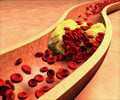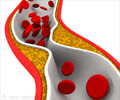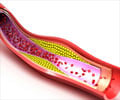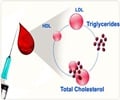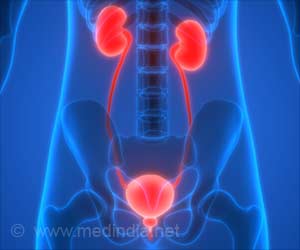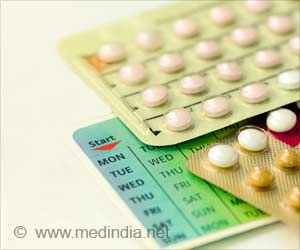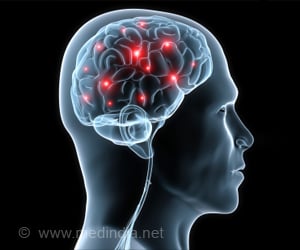A process in which accumulated cholesterol is removed from tissues is called reverse cholesterol transport, including the artery wall and transported back to the liver for excretion.
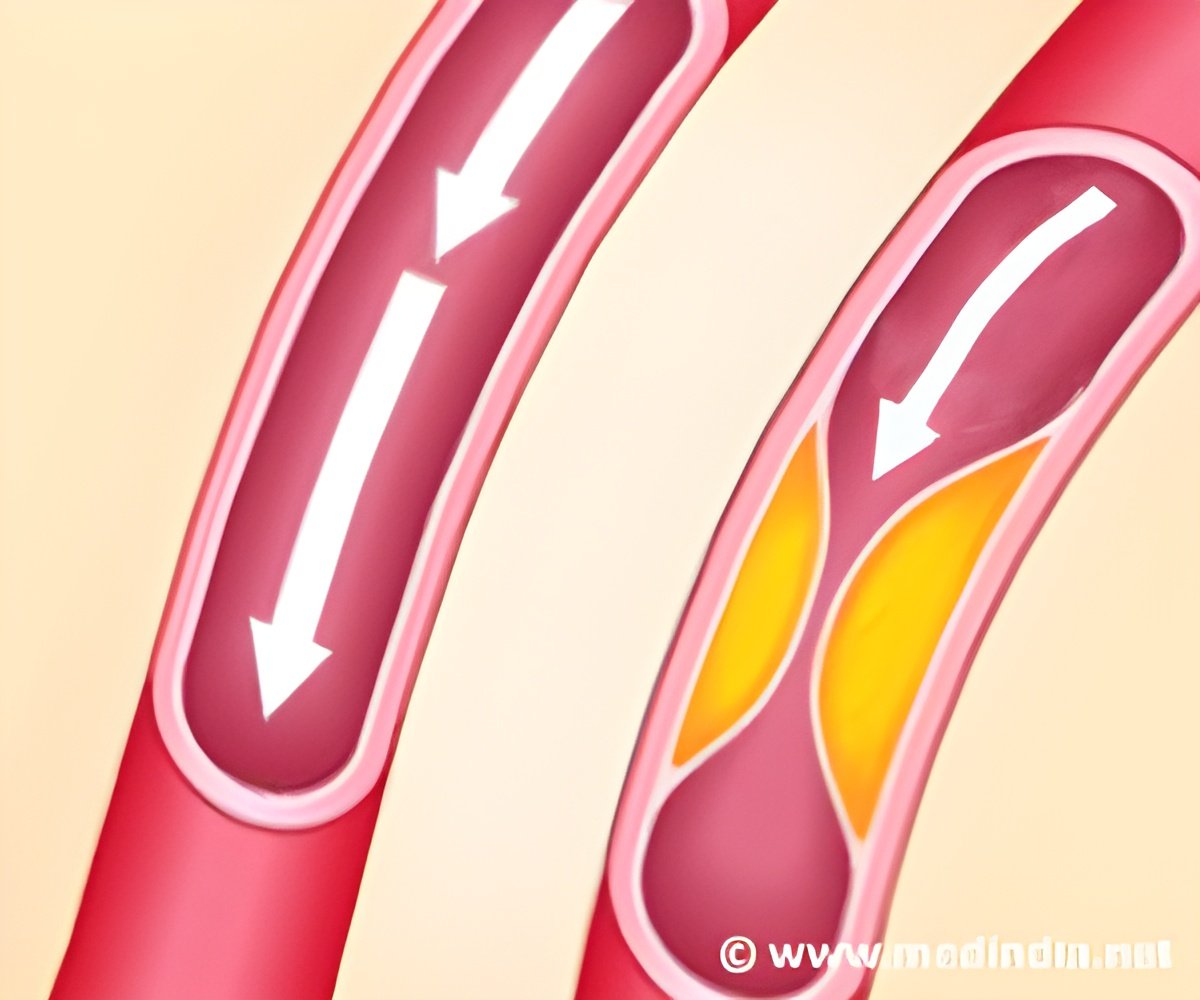
The lymphatic system generally mediates transport of large molecules from the area around blood vessels into the blood. Randolph and colleagues tracked RCT in a mouse model of atherosclerosis with normal and impaired lymphatic growth.
Mice lacking normal lymphatic growth retained more cholesterol in their aortas, indicating that lymphatic vessels are required for RCT in the aortic wall. These findings suggest that therapies that support lymphatic transport could enhance cholesterol clearance from arteries. In a companion commentary, Carlos Fernandez-Hernando of New York University discusses how such therapies could be used to treat atherosclerotic vascular disease.
Source-Eurekalert

